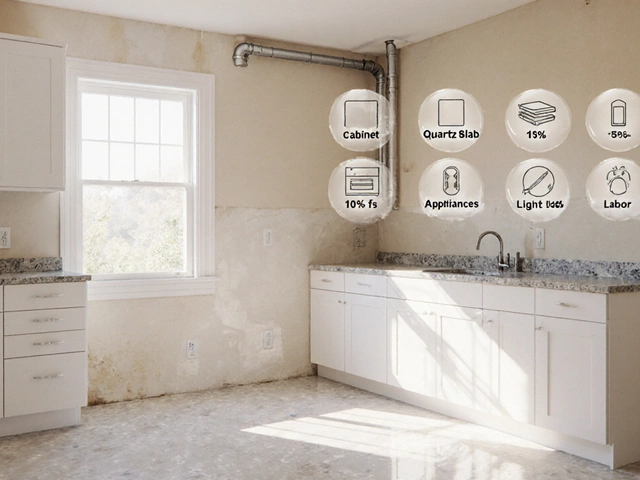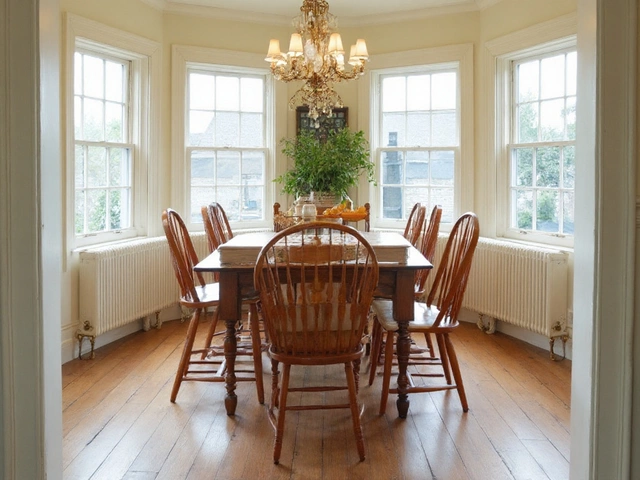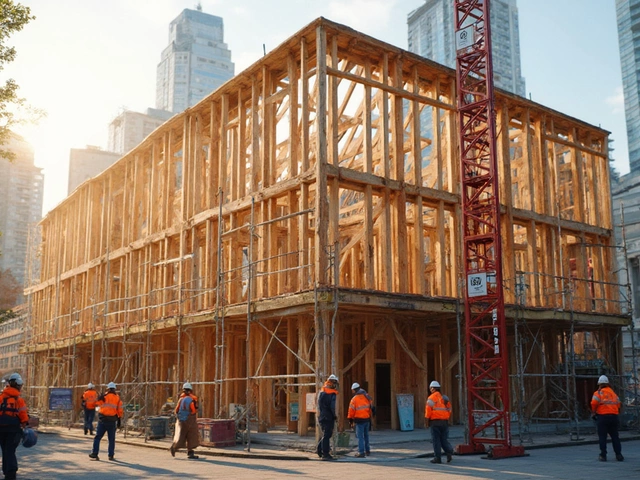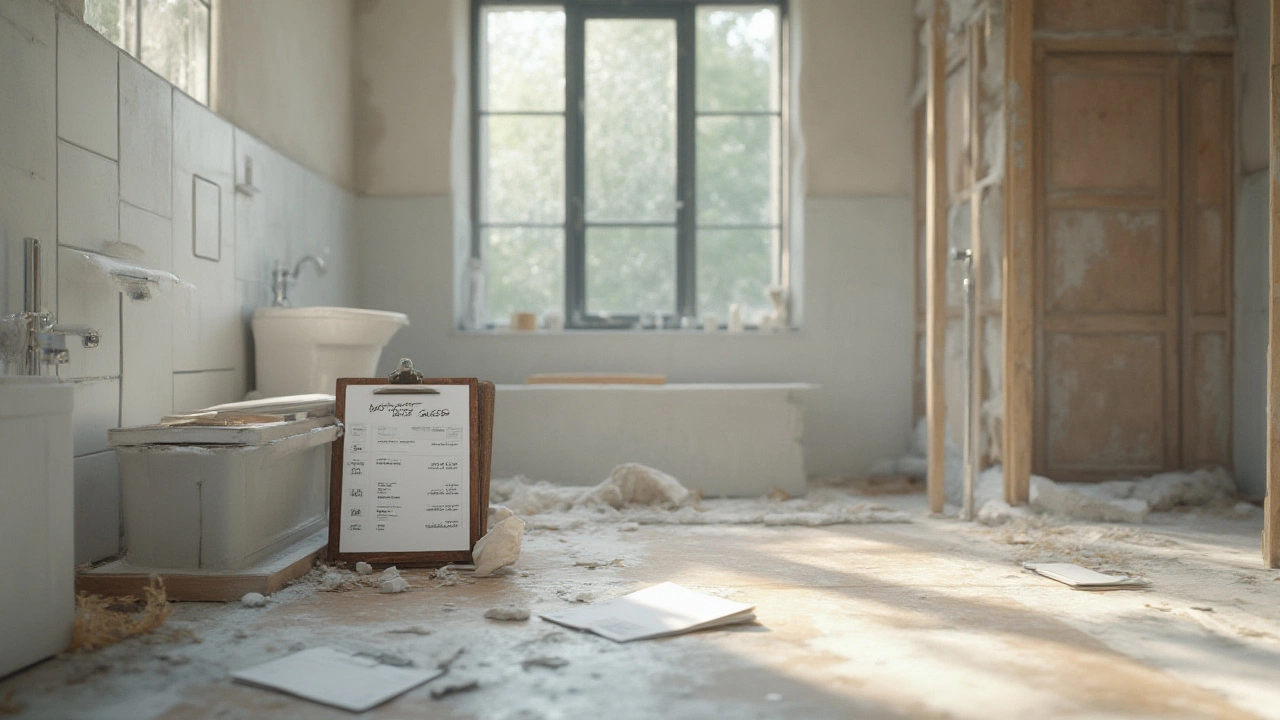
Ever get sticker shock when pricing out a bathroom remodel? You’re definitely not alone. A lot of people freeze up when they realize that what seems like a simple makeover can shake out to be the costliest upgrade in the whole house— sometimes even topping a kitchen revamp. What’s behind these sky-high bills? Is it the tile, that fancy rainfall shower, or something hiding in the walls?
The Real Price Tag: Where Does All The Money Go?
Everyone’s first guess is the shiny stuff—designer faucets, marble tiles, high-end lighting. But dig into contractor estimates, and you find a different monster lurking: labor. According to a 2025 survey by Remodeling Magazine, labor makes up roughly 40-65% of the whole bathroom remodel tab. We’re not just talking about some folks swinging hammers. There are plumbers, electricians, tile setters, drywallers, and sometimes even structural engineers. Each is a trained specialist, often required by code and insurance, and their wages have gone up with demand and inflation. Just swapping out a bathtub for a walk-in shower? You’re looking at demolition, plumbing reroute, waterproofing, and more, all involving licensed pros for every step. The wall behind where your mirror sits sometimes hides ancient pipes or ancient wiring—each a surprise that moves your project from “weekend DIY” to “multiple trades billed by the hour.” Imagine wanting a double vanity but facing pipes so old they crumble to the touch—suddenly you’re hauling in a plumber for a full-day job, at about $70–$150 an hour, plus any emergency parts.
Let’s talk about the numbers. The average bathroom remodel in the US in 2025 costs between $14,000 and $33,000, depending on size and finishes. Tiny powder room? Maybe $4,500. Luxurious master bath? Some hit $50,000—no joke. But labor, not materials, snags the biggest slice. If you’re planning to gut the space down to studs, that means demolition, hauling away debris, rough-in plumbing and electrical, framing, and rebuilding. Those hours rack up, and some jurisdictions require certain work to pass inspection before you can move on, adding days (and dollars) if you need corrections.
| Cost Factor | Percentage of Total Bill | 2025 Average Cost (Mid-Range Bath) |
|---|---|---|
| Labor | 40–65% | $8,000–$19,000 |
| Fixtures/Materials | 25–40% | $5,000–$13,000 |
| Permits/Inspections | 4–8% | $700–$2,000 |
| Design/Planning | 3–7% | $400–$1,500 |
So if you’ve been asking yourself, “What is the most expensive part of a bathroom remodel?”—surprise, it’s not the freestanding tub or imported vanity. It’s getting it all installed safely, legally, and correctly by trained humans who know how to avoid disasters (think: leaky pipes behind fresh drywall). In fact, one renovator told me more than once, "You're paying for peace of mind as much as polished tile."
Fixtures, Finishes, and Hidden Surprises: Second In Line for Top Dollar
Let's not downplay materials and hardware. Some toilets cost $100. Some cost $2,000. Faucets can creep to $900 for models with built-in touch sensors or designer brands. If you start lusting after hand-painted tile from Spain or Italian marble slab vanities, get ready to write bigger checks. But even more basic options add up fast when you're buying for every surface. Contractors report that tile alone can be as much as $25 per square foot installed. Want heated floors or a towel warmer? That’s a luxury add, both in labor and the material itself.
Here’s where things get tricky. Surprises. That’s the wild card in bathroom remodels. Mold in the subfloor. Rot in the wall from old leaks. Outdated wiring that can’t handle modern lighting or outlets. The notorious "junk pile" in the crawlspace behind my own shower was enough to double the time (and cost) for demolition. When contractors open walls, especially in homes built before the 1970s, you can bet on unexpected finds. Those mean extra materials and more paid hours.
Custom shower glass is another hefty expense. Off-the-shelf kits can fit a standard shower, but if your space is just a couple of inches off, a custom glass enclosure means big labor and fabrication fees. The average price tag? $1,200–$3,000 just for one piece of glass, and that doesn’t count installation. Then there’s the cabinetry—if your style dreams run to real wood or floating double vanities, you’re quickly in the high thousands. Mirrors, lighting, towel bars—all those finishing touches push the budget further if you’re not careful. Even changing your mind about a paint color late in the game can spark “extra charges” for last-minute labor, especially if trim or tile needs to be re-touched.
One more sneaky cost: permits. Most towns and cities in 2025 will demand permits not just for electrical and plumbing, but sometimes for structural changes, moving vents, or anything involving water-proofing. Skipping permits is tempting, but you risk fines or insurance problems later. Plan on at least $500–$2,000, depending on your location and project complexity.
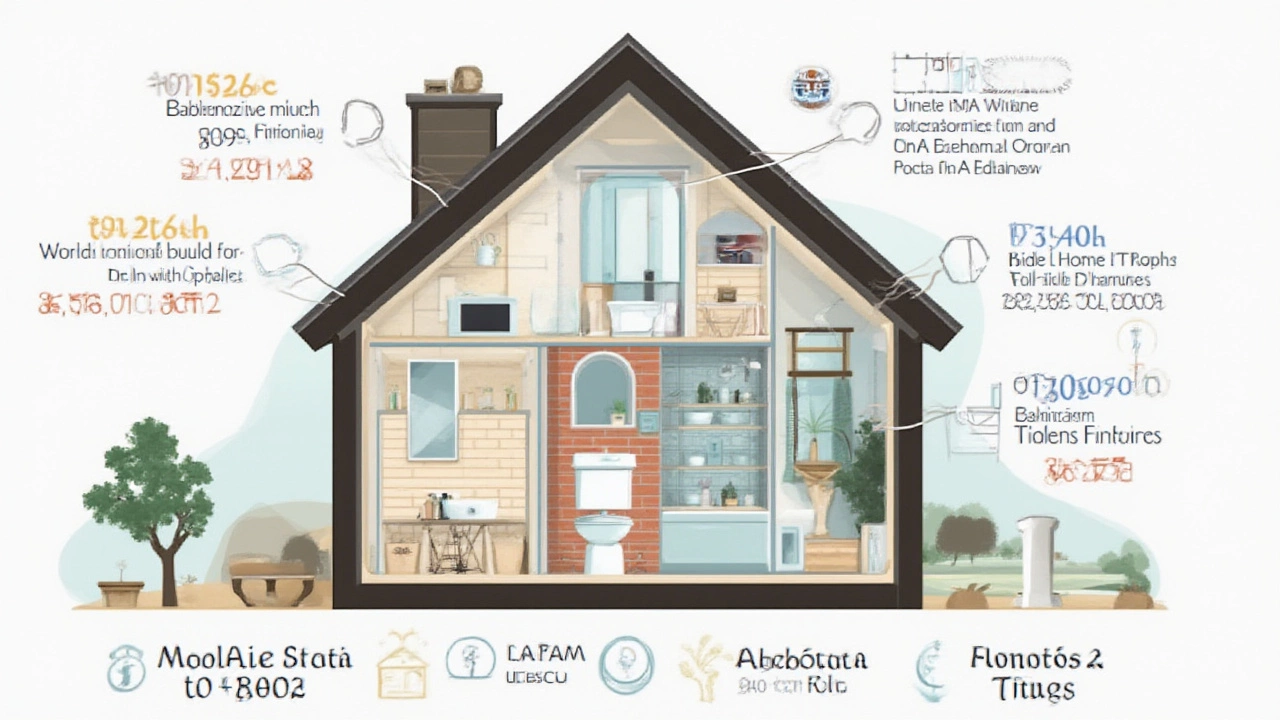
Tiling, Plumbing, and Electrical: Who’s Charging the Big Bucks?
Here’s a truth most folks don’t realize: skilled trades drive up the bill fast. Tile work brings beauty, but tile setters—especially those who can handle mosaics or large-format panels—are in high demand and not cheap. Expect labor for tile alone to start at $8 per square foot and go a lot higher if you choose tricky patterns or expensive tiles. Plumbing is big money because it’s got to be done right and often requires licensed workers by law. Even swapping out a shower valve means someone certified has to handle it. Changing locations for sinks or adding a second showerhead drives the price through the roof because you’re running new pipes (sometimes in tricky, hard-to-reach places).
Electrical isn’t far behind. Upgrading to GFCI-protected outlets, adding more lighting, or installing vanity mirrors with built-in defoggers and lights? That’s a pro job. Most electricians charge $75–$200 an hour, and the average bathroom takes at least six to twelve hours of electrical work if you’re reimagining the lights or outlets. You also have newer codes in many states requiring dedicated circuits just for the bathroom to prevent overload. Every new fixture or device adds both time and inspection steps.
By the time all these pros finish their part, your budget can feel more like a moving target. Drywallers and painters come in at the end, tidying up the chaos from everyone else—ready to make walls smooth and paint pop. Most painting estimates run a couple hundred dollars, but fixing messes left by other trades (holes, rough patches) quickly multiplies the bill. And, if the floor is out of level—which is shockingly common in older homes—you’ll either live with crooked tiles or shell out for floor leveling, another specialty job in the hundreds to thousands.
Don’t forget, too, that eco-friendly upgrades like low-flow toilets and water-saving showerheads may have up-front costs but can pay back every month. If your home is in California, those are not optional. Code requires new fixtures to use substantially less water, and materials matching the regulations can add a few hundred dollars right from the jump.
Smart Cost-Saving Moves & Tips for Budget Control
If your head is spinning from all the numbers, you’re in good company. But there are smart ways to keep costs down. First up, keep plumbing where it already sits. The moment you move the toilet, sink, or shower to another wall—even a foot away—expect big surges in labor and inspection fees. Working with the existing layout and fixtures can slash thousands off the budget.
Go for stock vanities and off-the-shelf fixtures instead of getting everything custom made. Stores like IKEA, Lowe’s, and Home Depot have decent-looking options now that mimic luxury styles for way less money. Same goes for tile: basic subway or “wood-look” porcelain tile is affordable and easy to source, and creative layouts or grout colors make it look high-end without the price tag. Save your splurges for small spots—like a fancy accent wall, or a statement faucet—rather than every single finish.
Time your reno the smart way. Contractors are busiest in early summer and fall, which is when prices are highest and scheduling is trickiest. If you have any flexibility, look for slow seasons—late winter into spring—when labor bids are more competitive. And always get more than one quote, breaking down estimates by line item. This helps you spot wild swings in labor costs, unnecessary extras, or markups on materials. Get a detailed contract that spells out exactly what’s included, what’s extra, and how they’ll handle surprises (like mold or rotten joists).
One thing I always tell friends: build a 15–20% buffer into your budget for weird surprises. I thought I was being careful, but after two different bathroom redos and a couple of floods (thanks, aging pipes!), that buffer was a lifesaver. If you’re ambitious, sweat equity helps. Some folks handle demolition or painting themselves to save labor charges. But anything beyond basics—especially plumbing, electrical, and tiled wet areas—should be left to professionals. Water and electricity don’t play, and a single botched DIY can mean repairing thousands in water damage later.
Lastly, don’t vibe with the lowest estimate automatically. That’s usually a sign someone’s skipping necessary labor, good materials, or worst of all, proper insurance and licensing. Ask for paperwork. Listen for detailed answers, not vague promises. Any reputable pro should be able to walk you through every phase and every number. If they can’t, keep shopping. Your money—and your peace of mind—deserve it.
So what eats up most of a bathroom remodel budget? The real answer: labor, and all the skills and inspections it demands. Cutting corners isn’t worth it, but with smart planning and realistic expectations, you can dodge the nastiest price shocks and still come out with a killer new bathroom you’re proud to show off (or at least, one your kids won’t demolish before you make your morning coffee).
